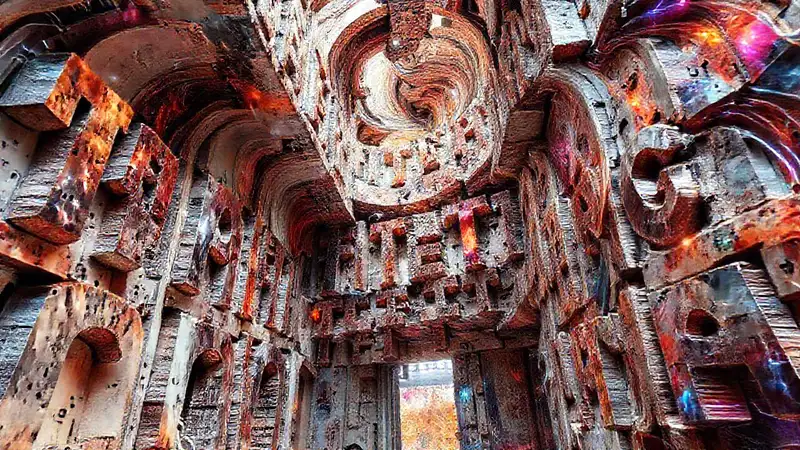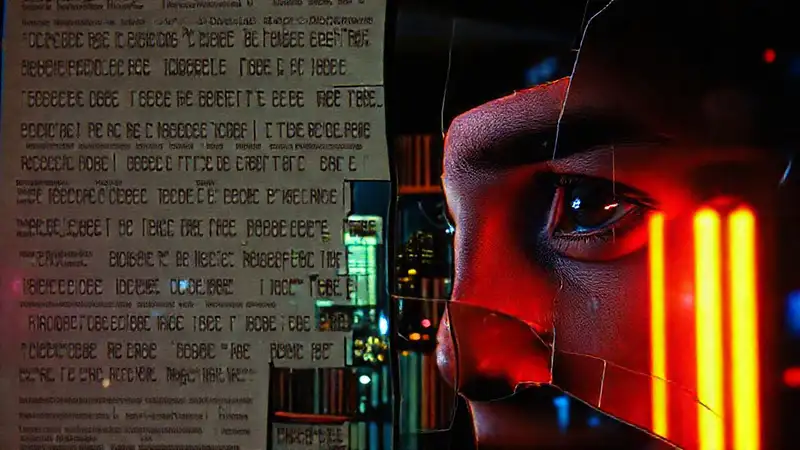What contemporary novels experiment with form and structure

Contemporary literature is characterized by a restless spirit, a desire to break free from traditional narrative conventions. While compelling storytelling remains paramount, many authors are actively pushing the boundaries of what a novel can be, questioning the very foundations of form and structure. This isn't about abandoning narrative altogether, but rather about finding new and innovative ways to convey meaning, explore complex themes, and engage the reader in a dynamic and unexpected fashion.
This exploration of experimentation reflects a broader cultural shift towards fragmentation, non-linearity, and a questioning of established authority. Readers, bombarded with a constant stream of information and diverse media, are arguably more receptive to unconventional narratives. The rise of digital platforms and self-publishing has also provided a fertile ground for these experimental works to find audiences, bypassing traditional gatekeepers and fostering a greater diversity of voices and approaches.
## Fragmented Narratives and Multiple Perspectives
One of the most prevalent trends is the use of fragmented narratives, breaking away from the linear, chronological storytelling that has long dominated the novel. This often involves disrupting the chronology of events, presenting scenes out of order, and leaving gaps in the narrative that the reader must actively fill in. Authors like Dave Eggers in A Heartbreaking Work of Staggering Love and Sheila Heti in Motherhood have embraced this technique to reflect the disorienting nature of memory, trauma, and modern life.
These fractured structures often mirror the fractured nature of human consciousness. The reader is placed in a position of active participation, piecing together the story like a detective, constantly questioning what they know and what they are being told. The lack of a straightforward, authoritative voice can also serve to challenge established narratives and explore the inherent subjectivity of experience – emphasizing the relativity of truth.
The use of multiple perspectives further complicates this fragmentation. Novels like Carmen Maria Machado's Her Body and Other Parties and Jesmyn Ward's Sing, Unburied, Sing utilize shifting points of view, often overlapping and contradictory, to create a richer, more nuanced understanding of the characters and their world. This allows for a deeper exploration of how different individuals perceive the same events, highlighting the inherent biases and limitations of any single perspective.
## Blurring Genre Boundaries
Contemporary novelists are increasingly blurring the lines between genres, creating hybrid forms that defy easy categorization. The traditional distinctions between fiction, non-fiction, poetry, and even academic writing are becoming increasingly porous, resulting in novels that incorporate elements from various disciplines. This hybridization is often driven by a desire to explore complex subjects that resist easy categorization – a desire to reflect the complexity of reality.
Consider the rise of autofiction, where authors blend autobiographical elements with fictional narratives, blurring the line between lived experience and imaginative creation. Works by Ben Lerner (Leaving the Atocha Station) and Sally Rooney (Normal People) exemplify this trend, raising questions about the nature of authorship, truth, and the role of the novel in representing personal experience. Such works challenge the traditional notion of the author as an objective observer, embracing instead a subjective and self-aware perspective.
This genre-bending also extends to the incorporation of other artistic mediums. Some novels include visual elements, such as photographs, maps, or illustrations, while others experiment with different typographic formats or incorporate elements of graphic novels. This multimedia approach seeks to engage the reader on multiple levels, creating a more immersive and sensory experience.
## Metafiction and Self-Reflexivity

Metafiction, a literary device that draws attention to its own artificiality, has experienced a significant resurgence in contemporary literature. Authors are increasingly aware of the novel as a constructed artifact and are willing to acknowledge, and even exploit, this fact. The goal is often to question the very nature of storytelling and the relationship between the author, the text, and the reader - highlighting the role of interpretation.
Works like Mark Z. Danielewski’s House of Leaves and Jonathan Safran Foer’s Everything Is Illuminated are prime examples of metafictional experimentation. House of Leaves utilizes unconventional typography, footnotes, and multiple layers of narrative to create a disorienting and unsettling reading experience, while Everything Is Illuminated incorporates fabricated documents and unreliable narrators to explore themes of memory, identity, and the power of storytelling. This self-awareness allows authors to comment on the limitations of narrative itself, reminding the reader that they are engaging with a construction.
Furthermore, metafiction often invites the reader to actively participate in the creation of meaning. By breaking the fourth wall and directly addressing the reader, authors challenge the traditional power dynamic between author and audience, creating a more collaborative and interactive reading experience. This encourages a critical engagement with the text and a recognition of the reader’s role in shaping its meaning.
## Unconventional Narrative Structures and Formal Innovations
Beyond fragmentation and metafiction, contemporary novelists are embracing a wide range of unconventional narrative structures and formal innovations. This includes utilizing epistolary forms (novels told through letters or emails), diary entries, transcripts, and even social media posts to convey narrative information. The move towards new forms is often driven by a desire to simulate the kaleidoscopic nature of modern communication.
Examples include Ottessa Moshfegh’s Eileen, which unfolds through a series of increasingly unsettling first-person narratives, and Mariana Enriquez’s The Dangers of Smoking in Bed, a collection of interconnected stories that create a sprawling, unsettling portrait of Argentina. These structures allow for a greater flexibility in pacing and perspective, allowing authors to control the flow of information and create a sense of suspense or disorientation. The chosen format becomes as much a part of the narrative as the events themselves.
Furthermore, some authors are experimenting with modular or non-linear structures, where the order of the sections can be rearranged or the narrative branches in multiple directions. This requires the reader to be actively engaged in constructing the story, making choices and drawing connections between seemingly disparate elements. This intentional ambiguity and allowance for multiple readings forces the reader to become a co-creator of meaning, reflecting the complexity of interpretation.
## Conclusion
The experimentation with form and structure in contemporary literature represents a significant departure from traditional narrative conventions. Authors are increasingly willing to challenge the established rules of storytelling, embracing fragmentation, hybridization, metafiction, and unconventional structures to create novels that are more dynamic, engaging, and reflective of the complexities of the modern world. This ongoing evolution of the novel form ensures that the possibilities for literary expression remain vast and exciting.
Ultimately, these experimental approaches are not about rejecting the power of storytelling, but about expanding its potential. By pushing the boundaries of what a novel can be, contemporary authors are inviting readers to reconsider their assumptions about literature and to engage with narratives in new and unexpected ways, fostering a greater appreciation for the art of storytelling itself.
Deja una respuesta